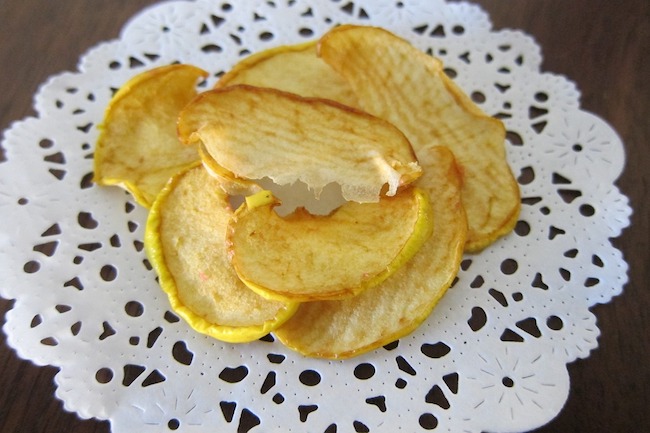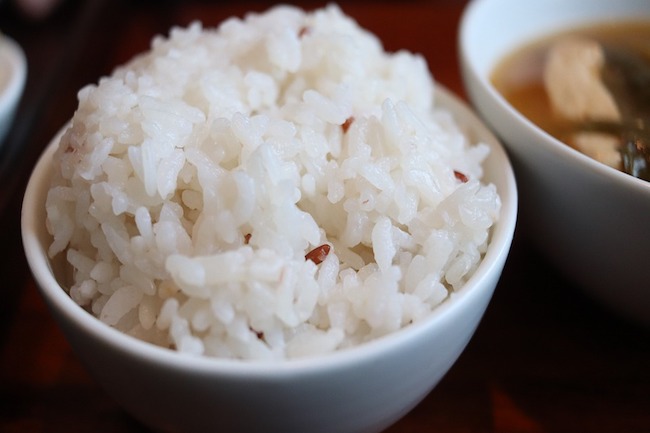10 Dehydrated Foods You Need in Your Food Pantry by TESS PENNINGTON for Ready Nutrition
Creating a well-stocked food pantry to turn to for emergencies takes a lot of stress off our shoulders and helps you save money in the process! For centuries, dehydrating food has been used as a means of survival. Many consider this to be the most affordable preservation method and the best way to preserve the flavors of foods.
No food storage pantry is complete without some dehydrated food. Dehydrated foods have been used for centuries to preserve the bounties of the garden for use during winter and times when food is scarce. What makes this food storage method so attractive is that it is cost-effective and uses food that you already have.
In a previous article, it was noted that many believe this preservation method is the safest, most affordable, and best way to preserve flavors of foods. The dehydration process removes moisture from the food so that bacteria, yeast, and mold cannot grow. The added benefit is the dehydration process minimally affects the nutritional content of the food.
In fact, when using an in-home dehydration unit, 3-5% of the nutritional content is lost compared to the canning method which losses 60-80% nutritional content. Additionally, important vitamins and nutrients such as vitamins A and C, carbohydrates, fiber, potassium, magnesium, selenium, and sodium are not altered or lost in the drying process. Therefore, the end result is nutrient-packed food that can be stored long-term.
It’s easy to bulk up your emergency food pantry by dehydrating food that you have around you. With a meager $50 investment into a food dehydrator, you can:
- dry vegetables for soup mixes
- dry fruits for snacking
- make jerky
- fruit or vegetable leather
- noodles
- and even make crafts
One way that I put my dehydrator to use is to dry up fruit and vegetables that are not being eaten. When I buy fresh fruit and vegetables, I give it a week to be eaten, and if it hasn’t, then it’s dehydrated and placed in my food pantry. Ironically, my kids love grabbing dried fruit snacks for sports games and for when they are on the go.
Before you go crazy dehydrating, keep in mind that there are a few rules to follow to ensure food longevity, freshness, and prevention of discoloration.




